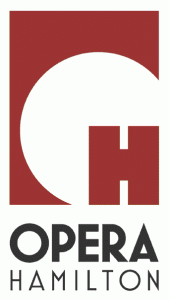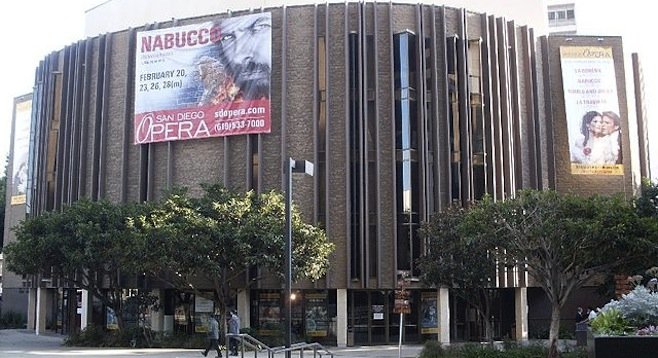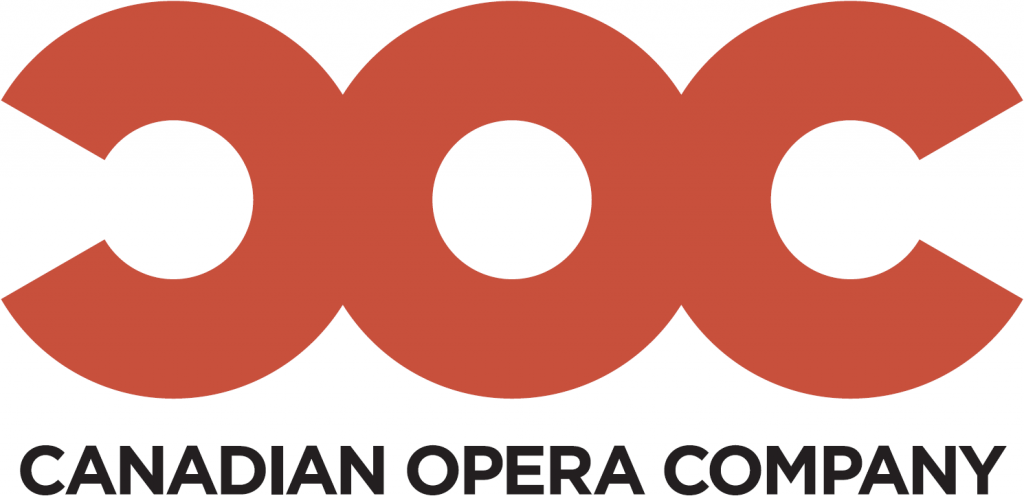I’ve never been one to jump on the “opera is in crisis” bandwagon. We seem to have a fairly healthy amount of large opera companies in Canada, and even more enterprising grass-roots opera companies. Despite some questionable Euro-centric programming, and a troubling lack of support for the creation of Canadian operas, most survive and manage to keep filling the seats.
Opera is an expensive business. Just to give you an idea of just how expensive it is, Vancouver City Opera reported, “if we relied on seat sales alone, every ticket would cost $808.62.” They attest that it is a complex combination of multiple funding sources that allow them to return each season.
In the U.S. the picture seems to corroborate that notion.
According to Opera America, the health of opera has never been better in North America. The U.S. has about 120 professional opera companies, 60 percent of them launched since 1970. If these numbers are correct, this means the U.S. has more companies than Germany and nearly twice as many as Italy.
In 2011/2012, annual admissions for American opera during the season was at 6.5 million people, which compared to NFL football games at over 20 million, shows a comparably healthy state of affairs.
The collective expenses of American and Canadian Professional Company Members in 2010-2011 were $687 million. The collective profit revenues for this group in 2010-2011 were $742 million. That is a modest return of $55 million dollars.
During the 2010-2011 season, Opera America’s Professional Company Members in North America presented an overwhelming 1,070 main stage, festival, educational and other productions.
American and Canadian opera companies posted a combined $136 million in box office receipts for 2011, which represents about 20% of total operating income.
Most of the funds were from private donors and totaled $280 million in 2011, which represents 41% of total operating income for Canadian and American opera companies. This compares to total government support for in both the U.S. and Canada at $36 million, a mere 5% of total operating income.
In other words, private donors are the single most important aspect to an opera companies operating revenue.
In my view, this reliance on temperamental arts patrons to fund the lion share of opera company productions is unsustainable, and a very dangerous funding model.
Case in point, despite a healthy rate of attendance, Ian D. Campbell, CEO and General & Artistic Director of the San Diego Opera, announced this morning that it will close its doors after the final 2014 season.
“After nearly 50 years as a San Diego cultural cornerstone providing world-class performances, we saw we faced an insurmountable financial hurdle going forward,” Campbell explained. “We had a choice of winding down with dignity and grace, making every effort to fulfill our financial obligations, or inevitably entering bankruptcy, as have several other opera companies.
San Diego Opera blamed the closure on the decline of both patron- and donor-base funding. San Diego is not an isolated example. New York City Opera, Opera Boston, Opera Cleveland, Baltimore Opera, San Antonio Opera, Lyric Opera San Diego and Opera Pacific in Orange County, CA have all shut their doors due in part to a decline in donor funding.
When we look at the Canadian Opera Company, their picture shows an overwhelming reliance on donor funding as well.
Box office revenue represented 25% of total operating revenues, with fundraising accounting for 26%. Other income generated from parking fees and rental revenue represents 21%. Government grants accounted for 16%. The amortization of deferred capital contributions represented 8% and the remaining 4% came from the normal distribution of interest earnings on the endowment funds from the Canadian Opera Foundation as well as a special cash reserve created from the COC’s prior operating surpluses that is specifically earmarked to support artistic goals for future seasons.
According the COC, “Approximately 80% – $8.7 million – came from individuals in support of the COC’s main stage productions and artists, as well as transition and endowment funding, training, and education and outreach programs. In addition, many donors contributed annually through the Golden Circle, President’s Council and Friends of the COC patron programs, including a lead gift from an anonymous donor to the Year-End Matching Appeal.”
 To find out what happens when donor funds dry up, Opera Hamilton takes the cake. Last January they announced the cancelation of upcoming performances of Popera and Carmen due to their inability to find a large donor.
To find out what happens when donor funds dry up, Opera Hamilton takes the cake. Last January they announced the cancelation of upcoming performances of Popera and Carmen due to their inability to find a large donor.
Co-chair and treasurer Peter Uffelmann stated: “We had hoped a large donation from an individual would arrive in time, but regrettably it did not materialize, and in the absence of any other funding, the Board had no choice but to cancel the rest of the season and cease operations.”
When looking at independent opera companies, they too feel the crunch, but are in a much better position to weather a storm without relying on large amounts of private money from benefactors. These streamlined arts companies are everywhere these days, and notably, are mostly the ones producing new works by Canadian composers. Toronto alone has Against the Grain, Opera Atelier, Tapestry, GGS Vixen, Voicebox Opera, and Opera by Request. They offer an example of genre expansion through the fusion of opera with other artistic sensibilities and forms, and are much more locally minded.
In light of this, I’m not really sure what the answer to all of this really is. But one thing is for sure – a system that relies on huge donations from wealthy benefactors is not on solid ground. Yesterday it was Opera Hamilton, today San Diego Opera, tomorrow?
Michael Vincent
- THE SCOOP | Royal Conservatory’s Dr. Peter Simon Awarded The Order Of Ontario - January 2, 2024
- THE SCOOP | Order of Canada Appointees Announced, Including Big Names From The Arts - December 29, 2023
- Ludwig Van Is Being Acquired By ZoomerMedia - June 12, 2023






